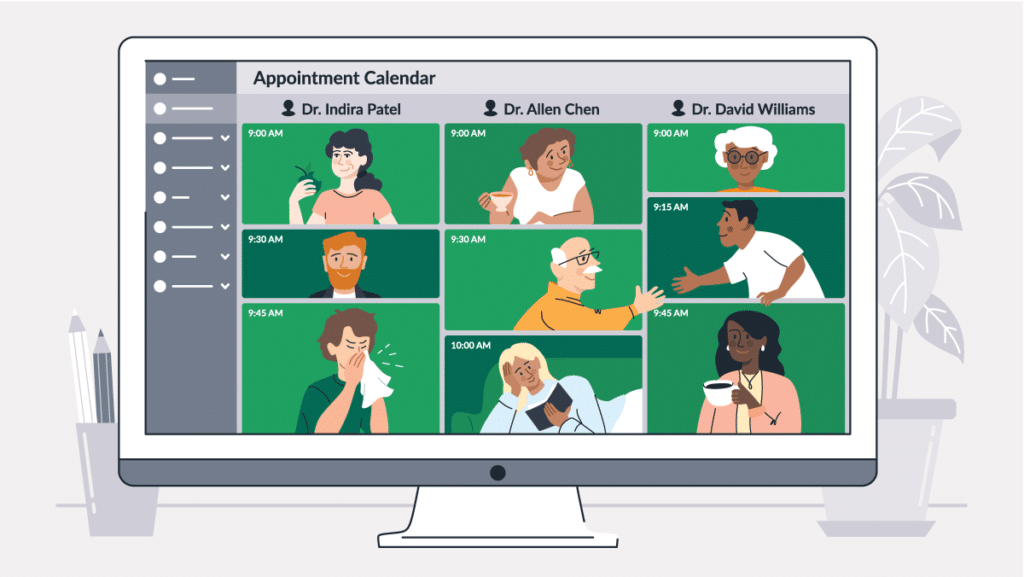There’s a lot to be said for a well-run practice meeting. It can energise the staff, communicate important information, and inspire collaboration. But how do you have that type of meeting, rather than one that’s lacklustre and uninspiring? Read on to learn our top tips for more effective practice meetings.
1. Stick to the Same Day and Time
Whether you choose to schedule meetings weekly, monthly, or quarterly, it’s a good idea to hold them on the same day of the week and at the same time. This consistent scheduling gives staff ample time to prepare, as well as to clear their calendar so they don’t feel overwhelmed when the meeting rolls around. This also says to your staff that you value their time and are committed to your word because you don’t just blow off meetings for more important things.
2. Distribute an Agenda in Advance
By providing the agenda in advance, people can see what topics will be covered and they can prepare, if necessary. When creating your agenda, list the subjects that will be discussed, identify who will be discussing each point, name the meeting location, and provide a starting and ending time.
Additionally, we encourage you to create the agenda in Google Docs and share it with your team. That way employees can add questions or talking points to the bottom of the document. Not only will this ensure your meeting covers key points, but it also gives all of your employees the opportunity to be heard. Which brings us to our next point….
3. Give Everyone an Opportunity to Talk
Don’t view your meeting as a one-way forum where you trot out instructions, one after the other. Instead, make sure you give everyone the chance to talk. You can do this by establishing a question period at the conclusion of the meeting or, if you have a smaller team, you can go around the room and give each staff member two minutes to discuss recent workplace successes or challenges.
4. Schedule a Brief Training Session
While you probably won’t need to schedule training during each meeting, the meeting presents an excellent opportunity to offer 10-minute instructional segments on topics like handling the vaccine fridge, infection control, etc.
5. Discuss the Clinic’s Biggest Challenges
One goal of your meetings should be to improve operational inefficiencies and to address your organisation’s challenges. To this end, discuss the recent problems you’ve faced as a clinic, whether it’s patient complaints, negative online reviews, or even something as small as the lingering scent of tuna fish in the fridge. Bringing these issues up—and brainstorming solutions—will give you and your staff the opportunity to proactively improve your medical practice and working environment.
6. Touch On Your Wins
Nobody wants to leave a meeting feeling downtrodden! Once you’ve discussed your clinic’s challenges, it’s time to move on to more positive topics. Discuss some of the recent wins your clinic has experienced to get people optimistic about the week ahead. For instance, you might want to touch upon positive social media reviews, increased revenue, great patient feedback, or even personal achievements outside of work.
7. Set a Game Plan for Next Month
Use your meeting as an opportunity to set forth objectives to achieve before the next meeting. You may even want to establish a theme to focus on between meetings. Rather than making your theme revenue-related, we suggest you focus on soft skills. For instance, you might choose a listening theme one month and encourage staff to listen to patients without interruption.
Alternatively, you might decide to focus on offering patients a warm goodbye, rather than distractedly hurrying on to the next patient. By setting goals aimed at improving soft skills, your clinic will develop stronger patient-staff relationships, leading to more satisfied patients.



